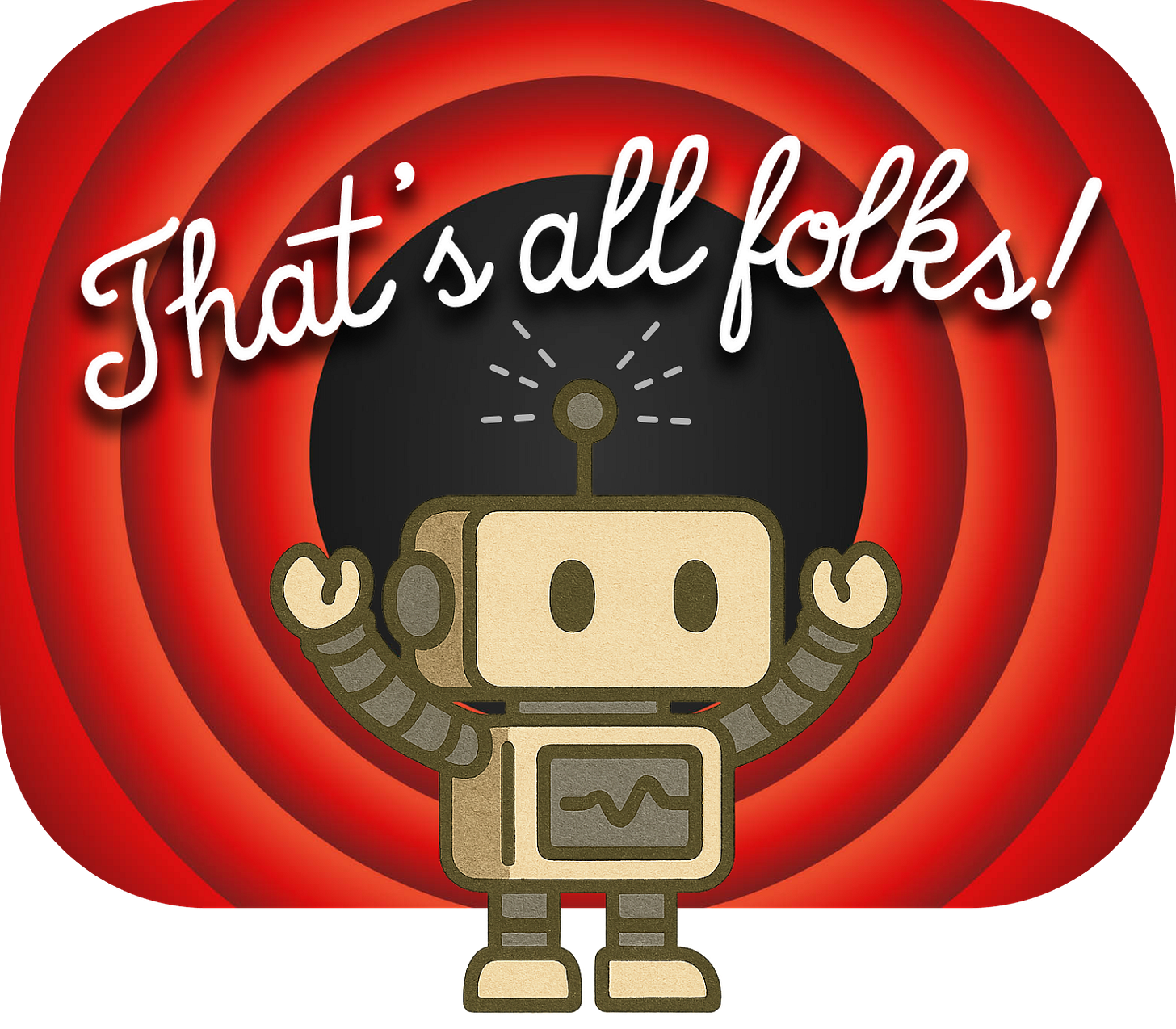AI Interop in 5 minutes - part 2 - Cross-Protocol Orchestration
Do MCP, ACP, ANP, A2A and RAG complement each other?
This is part 2 of of the article:
In Part 1, we looked at how Humans, Agents and Tools interoperate.
In this article, we’ll explore how larger AI ecosystems can be orchestrated by combining these protocols.
Are MCP, ACP, ANP, A2A and RAG compatible with each other? Do they complement each other or are they mutually exclusive?
Let’s take a look!
MCP ❤️ RAG
Although their feature sets partially overlap, MCP and RAG complement each other.
RAG gives the AI context — it pulls in relevant documents at runtime, making the model more knowledgeable without having to fine-tune it.
MCP gives the AI power — it enables the model to act on that knowledge by calling tools, triggering workflows, or updating systems.
Example:
The user prompt kicks off a combined workflow
RAG is used first to fetch relevant background knowledge
The agent processes that context, then uses MCP to query live tools or systems
The final answer is built from both retrieved context and structured tool output
MCP ❤️ ACP
ACP is heavily inspired by MCP’s context management, but they solve fundamentally different problems and still complement each other.
ACP defines a shared interface for local agents to discover, delegate, and collaborate.
MCP connects these agents to local (or remote) tools, APIs, and data sources
ACP standardises communication between agents, allowing any orchestration pattern, without enforcing specific workflows, deployments, or coordination logic.
🔥Note: One interesting feature of ACP is the MCP Adapter. It is an MCP server that can be deployed in front of any ACP server to expose agents as resources. This allows agents to be viewed as MCP resources and further invoked as MCP tools!
A2A ❤️ MCP
A2A and MCP are complementary standards for building remote agent ecosystems.
A2A enables dynamic, multimodal communication between agents as peers over the web (HTTP and JSON-RPC).
MCP, as before, connects these agents to local(or remote) tools, APIs, and data sources
ANP ❤️ MCP
Similarly to ACP, ANP+MCP also play well together, but this setup is about decentralized discovery and secure communication between agents across networks.
ANP helps agents find each other without a central registry
MCP - same as before- connects these agents to local(or remote) tools, APIs, and data sources
ACP ❤️ A2A ❤️ ANP
These are the 3 current and competing standards for orchestrating MAS - Multi Agent Systems.
Although they all focus on agent orchestration, they can be used together, each focusing on a different part of the overall system.
In theory: ACP may orchestrate local agents without exposing them to larger systems, A2A can be used to orchestrate these systems within an organisation - and ANP can be used to expose publicly available agents.
In practice: If a single protocol, like A2A is suitable for building out your organisation’s AI agent topology, there is no need for cross-protocol orchestration.
Overall:
🟠 Use ACP when:
You need agents to coordinate tasks within a LOCAL environment
You want a standard API for triggering and receiving jobs
You need composable topologies (chains, trees, networks)
🔵 Use A2A when:
You want agents to communicate via HTTP
You need cross-framework task delegation
You need workflows to span multiple agent types
🟢 Use ANP when:
You need to discover and verify agents across orgs or networks
You want a decentralised, DID-based trust layer
You want to optimize for machine-to-machine communication
That’s all for this article, in the next one we will explore AI Interop on the Financial Desktop.
Thank you for reading!
Thank you for reading this article,
I would love to hear your thoughts in the comments!
🩵












